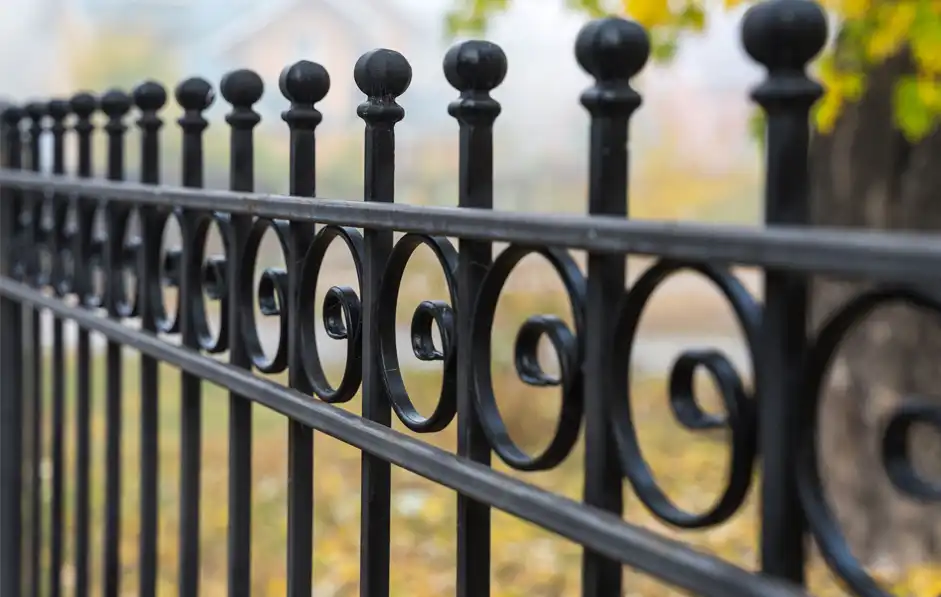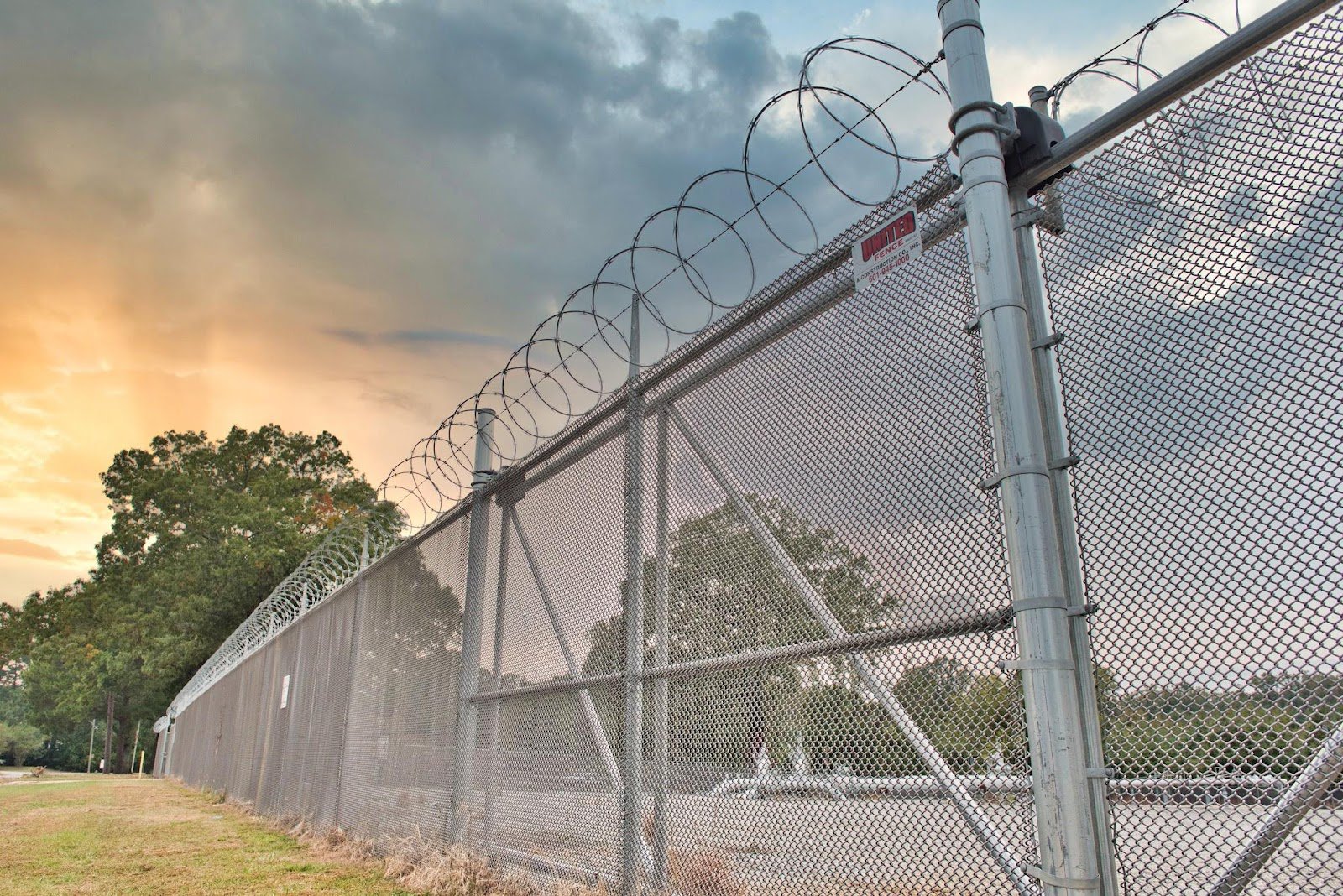All Categories
Featured

Choosing the appropriate kind of fencing for your building is a significant choice that can impact both the aesthetic appeals and functionality of your space. Whether you're seeking privacy, security, or just an ornamental feature, there are different aspects to take into consideration when choosing the perfect fence. Below are some key considerations to assist direct your decision-making procedure.
- Figure out the Objective of the Fence. The very first step in picking the appropriate kind of fence is to clarify its function. Different fences serve different functions, and understanding your details needs will aid limit your alternatives. Think about the following:
Privacy: If you're seeking personal privacy, a high and strong fence such as wood or vinyl will certainly protect against prying eyes from seeing right into your yard. Safety and security: For safety purposes, a solid, tall fencing constructed from aluminum or steel can prevent intruders and offer comfort. Aesthetic Appeal: An attractive fencing made from functioned iron, light weight aluminum, or picket-style timber can include appeal and visual interest your residential or commercial property. Pet or Animal Containment: If you need to have pet dogs or animals, a durable fencing like chain link or timber may be essential to prevent them from getting away. 2. Take into consideration the Material. When you have actually established the fence's key function, it's time to select the product. Each kind of product includes its own collection of advantages and obstacles. Below are some usual products to take into consideration:
Timber: Wood fencings are flexible and adjustable, supplying privacy and a traditional look. They're excellent for conventional homes or rural homes yet require regular upkeep to avoid bug, rot, or warping problem. Vinyl: Plastic fences are low-maintenance, long lasting, and available in a variety of designs. They won't break, warp, or discolor, making them a fantastic choice for those that want a resilient, easy fencing. Nevertheless, plastic can be much more pricey ahead of time than timber. Aluminum: Light weight aluminum fencings supply a smooth, contemporary appearance and are resilient, rust-resistant, and need minimal maintenance. They normally do not provide as much privacy as wood or plastic, as the slats are typically spaced apart. Chain Link: Chain web link fences are often utilized for safety or to have pets. They are sturdy and budget-friendly, however they don't supply much privacy or visual allure unless you include slats or privacy displays. 3. Aspect in the Climate and Upkeep Requirements. Your region's environment can dramatically impact the life expectancy and upkeep demands of your fencing. If you reside in an area with high moisture or constant rain, materials like timber may require additional treatment to prevent rot or mold and mildew development. On the other hand, plastic and light weight aluminum fences are resistant to the aspects and need much less upkeep.
Additionally, think about the quantity of time and effort you're eager to devote to fencing maintenance. Wood fences require routine staining or painting to maintain their look, while plastic and aluminum need much much less maintenance.
- Think of Longevity and Life expectancy. Consider the length of time you want your fence to last. If you're looking for a fence that will certainly last for years with little maintenance, vinyl and light weight aluminum are outstanding choices. While wood fences can last 10-20 years with proper treatment, they may not endure the test of time along with other materials.
Additionally, consider your budget. Products like timber and chain link tend to be even more budget friendly upfront, while vinyl and aluminum have a tendency to come with a greater preliminary cost yet offer long-lasting resilience.
- Match the Fence to Your Building Design. The kind of fencing you pick should match the overall appearance and feeling of your residential or commercial property. An appropriate fencing can boost your home's aesthetic appeal, while an inadequately selected fencing can interfere with it. :
Conventional Houses: A timeless timber picket fencing or a wrought iron fencing functions well with older, much more traditional homes. Modern Homes: For a contemporary appearance, sleek materials like light weight aluminum or vinyl can complement contemporary architecture. Country or Farm Qualities: A wood or wire fencing might be perfect for rural buildings or farms, where usefulness is just as essential as visual appeals. 6. Inspect Local Laws and HOA Standards. Prior to making your decision, check your neighborhood zoning policies and any kind of HOA (Homeowners Association) standards to make sure that your wanted fencing adhere to height limitations, product needs, and various other local laws. Some locations have particular regulations about the appearance of fences, particularly in household communities.

Final thought. Choosing the best fencing for your building needs mindful factor to consider of your needs, budget plan, and the style of your home. Whether you're focusing on personal privacy, safety and security, or aesthetic allure, there's a fence material and style that will certainly match your requirements. By thinking about the elements outlined over, you can make a notified decision and select a fence that will boost the performance and elegance of your home for several years to come.
Latest Posts
The Restroom Upgrade Every Detroit Home Is Worthy Of
Published Apr 19, 25
1 min read
Affordable Car Repair Services at Montclare Auto Repair - Don’t Wait, Act Now!
Published Apr 19, 25
2 min read
Unlock Exclusive Discounts with WyHy's Love My Lending institution Rewards
Published Apr 19, 25
1 min read
More
Latest Posts
The Restroom Upgrade Every Detroit Home Is Worthy Of
Published Apr 19, 25
1 min read
Affordable Car Repair Services at Montclare Auto Repair - Don’t Wait, Act Now!
Published Apr 19, 25
2 min read
Unlock Exclusive Discounts with WyHy's Love My Lending institution Rewards
Published Apr 19, 25
1 min read